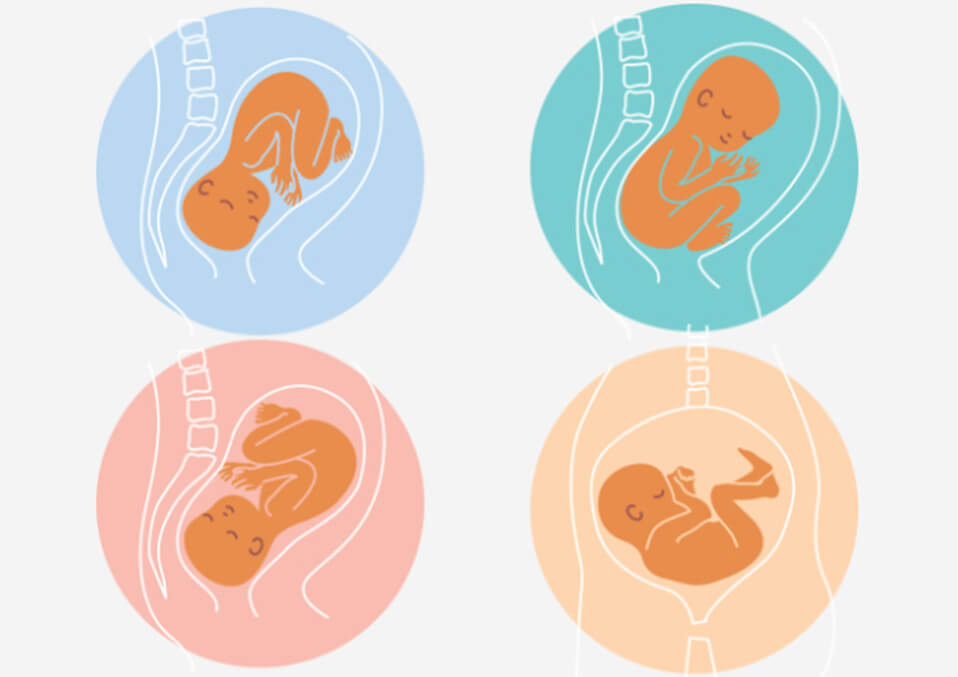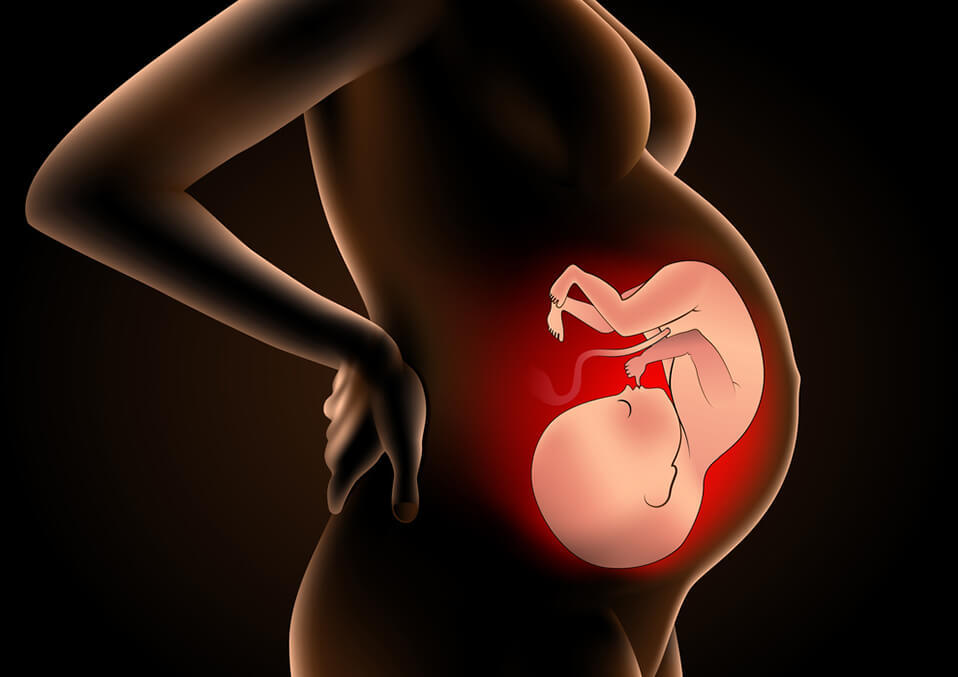 Most expectant moms are concerned that their child is heading down in the womb or not. Knowing the situation of your baby can assist you in preparing for labor. It also makes it simpler to talk to your physician or doctor about your birth plan as a baby’s situation in the womb can affect the delivery.
Most expectant moms are concerned that their child is heading down in the womb or not. Knowing the situation of your baby can assist you in preparing for labor. It also makes it simpler to talk to your physician or doctor about your birth plan as a baby’s situation in the womb can affect the delivery.
What is belly mapping?
 There are many methods to position a child during pregnancy. The baby can either head up or head down and can also be rotated or twisted concerning the spine of the mom.
There are many methods to position a child during pregnancy. The baby can either head up or head down and can also be rotated or twisted concerning the spine of the mom.
Belly mapping or noticing where you feel kicks and wiggles can offer you hints about the positioning of your child. If you feel strong kicks up close to your ribs or stomach top, your baby is usually head down.
Ultrasounds can also say how a child lies in the womb. If your baby doesn’t go down when you get into the later weeks of pregnancy, your doctor can try to reposition your baby physically.
Baby positioning during pregnancy
 In the early weeks of pregnancy, babies often move around. One day, your hips may fall low, they may be at your side the next day, and you may be kicked in the ribs the following day. If your child is more massive and the room is more plentiful, it’s not uncommon for him to lie in the womb or laterally.
In the early weeks of pregnancy, babies often move around. One day, your hips may fall low, they may be at your side the next day, and you may be kicked in the ribs the following day. If your child is more massive and the room is more plentiful, it’s not uncommon for him to lie in the womb or laterally.
Most transverse babies are relocated early in the third trimester of pregnancy. As your child grows larger and starts running out of room in your womb, he starts trying to find a comfortable place. This position is usually head down or ready to be born.
Babies may turn their heads down at or even when late pregnancy starts. Most children turn their heads somewhere between 30 and 34 weeks of gestation as in the womb they begin to run out of the room.
Doctors begin to worry about positioning if babies do not go off at 36 weeks because it is considered full-term, and they can start their work at any time. If you feel a lot of movement over several hours, your doctor may examine whether your baby has moved downside.
Otherwise, during your examinations, your physician will use ultrasounds or manual scanning to figure out how your child is placed. They can also provide tips to shift your baby if you do not move head down on your own.
How to tell if the baby is head down?
 Your child needs to be head down during work to be secure for birth. If a baby doesn’t go down, it’s in a broken place. Both mom and child have a break stance. You should know that a child can alter its place many times during pregnancy in the uterus, so that it may not be cause for worry if it is not correct in previous phases.
Your child needs to be head down during work to be secure for birth. If a baby doesn’t go down, it’s in a broken place. Both mom and child have a break stance. You should know that a child can alter its place many times during pregnancy in the uterus, so that it may not be cause for worry if it is not correct in previous phases.
However, you must make sure you verify with your healthcare unit routinely so that everything is as it should be. Babies still in break positions as their due date approaches may have to be supplied through C-sections if there is no way to alter their place in the uterus.
Signs your child may be in the right head down:
- If you notice a lump to the right or right of the tummy, click it softly. If you feel the entire body of your infant moving, probably, it’s head down.
- Try to compress your pubic bone softly. Are you sensing something large and hard? It is likely the head of your baby.
- Your child is likely heading down if you think that your sensations are getting high and “butterfly” low.
- If your child is head down, you will likely discover that under your belly button, you can feel his or her hiccups.
- Maybe request your spouse to monitor the heartbeat of the baby. The child is likely heading down if their pulse is small.
What are the forms of breech position?
The breach is hazardous for both mom and child. There are three types of breaks:
- In the open position, the buttocks of the baby can come out first. It is the most probable position of a breach.
- In the position of the foot brake, one or both legs are positioned first.
- At a complete break, the buttocks of the baby are placed near the birth canal. His feet are cramped to the buttocks, and his knees are crooked.
A breach stance can be treated successfully in several ways. One way is during a routine inspection. Your child can also be discovered in the break while your physician examines your cervix.
Can you change your baby’s position?
In the later weeks of pregnancy when your child is not headed down, your doctor might suggest specific methods for changing the position of the child. Sitting on a ball with your back straight can promote the child to turn as you can swim or even stand in the water when you can.
You can also get on the hands and knees while laying your upper body in the air. No methods are safe methods of turning a child, so make sure you stop if you feel awkward.
An external version is a workout in which the doctor works to make the child physically into a head-down place within. External versions are usually made after 37 weeks and conducted with fetal monitoring and ultrasound control in a hospital. Most children who turn during an internal release remain head-down until delivery.
Helpful tip
The use of gravity often involves positions that you can enter to try to encourage your baby to go down. Twice a day, you can do them. They help harness the weight to get your baby in the right place. One is to place your forearms on the floor and kneel.
Put up your rear. You should endure for 15 minutes like that. Another place is to sit on a flat surface. Lift your pelvis off the ground for approximately nine inches. Magnify your sides with support. You should endure 15 minutes in this position.
Read also:
- How Can You Tell If The Baby’s Position Is Head Down?
- When Can You Hear a Baby’s Heart Beat With a Stethoscope?
- Brow or Face Presentation Overview, Occurrence, Detection, and Prevention


